
Canadian Startup Chaac Showcases Advanced AI Mine Detection
Chaac Technologies Demonstrates Breakthrough AI Mine Detection Capabilities at Gagetown Military Base Montréal, QC – [Date] – Chaac Technologies is proud to announce the successful

As a property manager, keeping your residents safe should always be priority number one. Yet, being truly prepared for emergencies like fires requires more than good intentions. It takes next-level training that’s engaging, effective, and accessible to personnel and tenants. That’s why we are thrilled to tell you about FireGuard VR. This virtual reality simulator is designed for the real estate industry’s safety needs!
Now, you may think VR fire training is unnecessary or even excessive for rental properties and managed communities. If that’s the case, consider this eye-opening fact. An incredible 70% of structure fires occur in residential buildings just like yours.
By leveraging the same VR tech embraced by Fortune 500 corporations, FireGuard VR finally gives your company access to elite emergency preparations without the elite price tag. Property managers, supervisors, maintenance crews, and yes – even residents can transform into lifesavers!
Curious to learn more? Here is everything you need to know about virtual reality fire training in the real estate industry.

Most real estate companies using our technology represent managed communities. These are unlike standalone private homes in many ways. Namely, these large living spaces face amplified fire risks from close tenant proximity. Without proper precautions, a small kitchen mishap or cigarette spark can spiral into tragedy.
We begin by examining why the residential real estate segment desperately needs solutions to short-circuit danger!
By design, apartment complexes squeeze many tenants into compact floor plans. Mind you, they are all sharing walls and tight common spaces. This density leaves little margin for error since fires spread rapidly. Building layout intricacies also challenge safe navigation when every second counts.
Few fire prep programs address residential variables like cluttered units, narrow hallways, and having to intuitively locate exits/extinguishers without blueprints.

Navigating flames in residential high-rises intensifies an already dire situation. There might be disorienting smoke, damaged infrastructure, and unclear escape routes. Relying only on exterior fire department rescues is a gamble with low odds. Equipping personnel and residents with advanced self-rescue techniques is a much better option.
Assisted living facilities have extra vulnerable demographics. Think mobility-challenged seniors at heightened risk during rapid building evacuations. Vision, hearing, and cognitive declines impede emergency communications and wayfinding.
Previous-generation training methods cannot accommodate these important user factors.
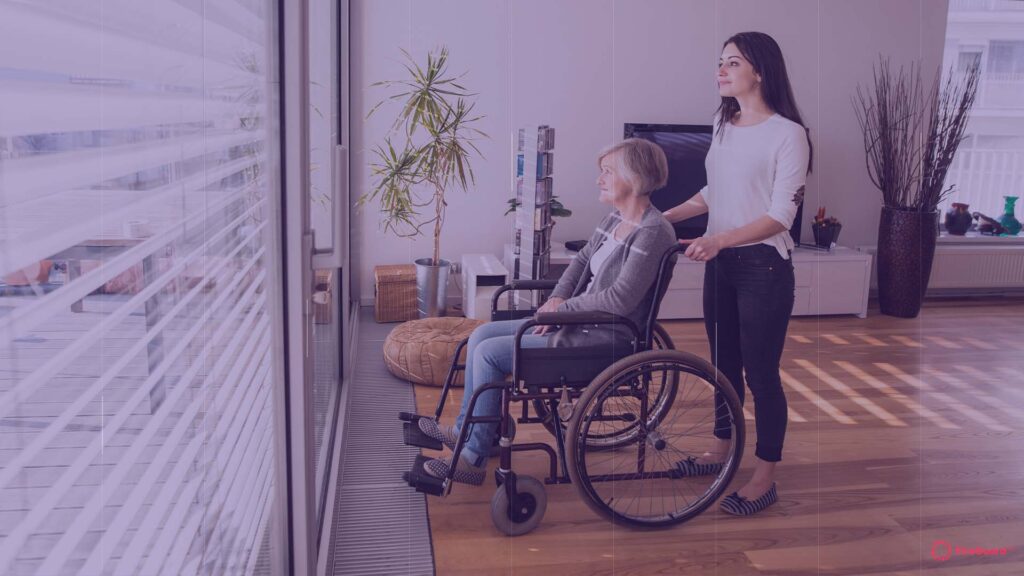
Beyond tenants, residential properties also face a host of fire hazards from unit interiors like:
Don’t forget the owner’s bottom line! Between repairing structural arson, the surge in insurance premiums, and legal liability from affected residents, portfolio losses from fires can cripple real estate investments.
Having a solid emergency response plan in place before disaster strikes makes all the difference. The quicker you can react, the more lives are saved.
FireGuard VR is a fun, engaging way for property staff to master life-saving fire safety skills. Studies show that skills learned in VR translate exceptionally well to the real world. Perhaps because learners are 275% more confident in the lesson than in classroom teaching.
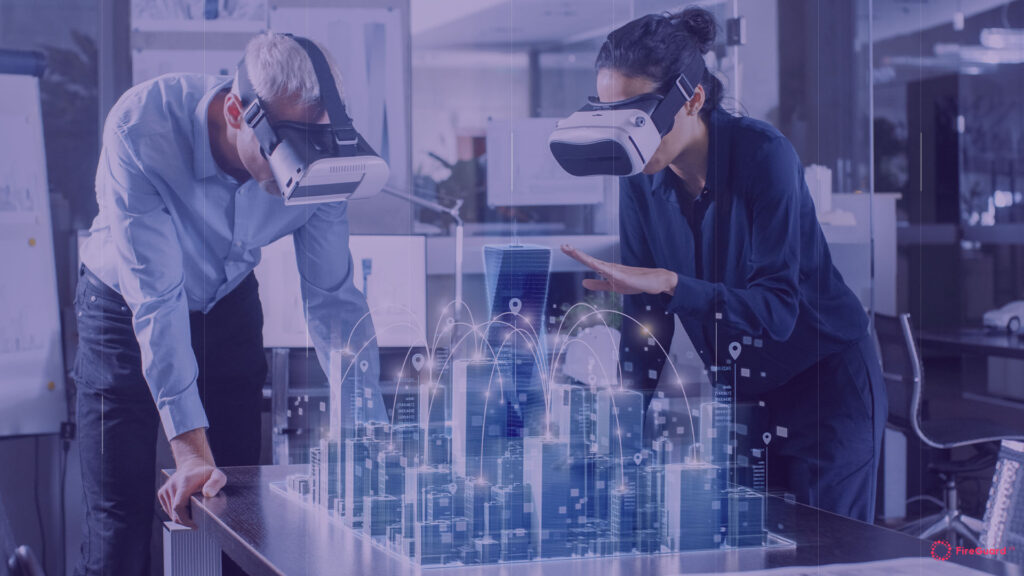
This new technology is attributed to the creative minds at Chaac Technologies. It uses cutting-edge virtual reality to create ultra-realistic fire emergency practice simulations. Our team joined forces with real firefighters to design emergency scenarios that look and feel like the real deal.
Picture yourself inside an apartment community atrium wearing the VR headset. Flames suddenly erupt from the leasing office in front of you. The fire roars as smoke billows, triggering deafening fire alarms. You see the distinct color of smoke creeping closer. Your heart pounds with urgency. This is what we recreated in FireGuard VR for maximum training impact.
After those immersive opening scenes, here is what else comes loaded up in the FireGuard VR fire safety training system:
So, how exactly does FireGuard VR work to educate its users? Here are the main lessons taught through the software.
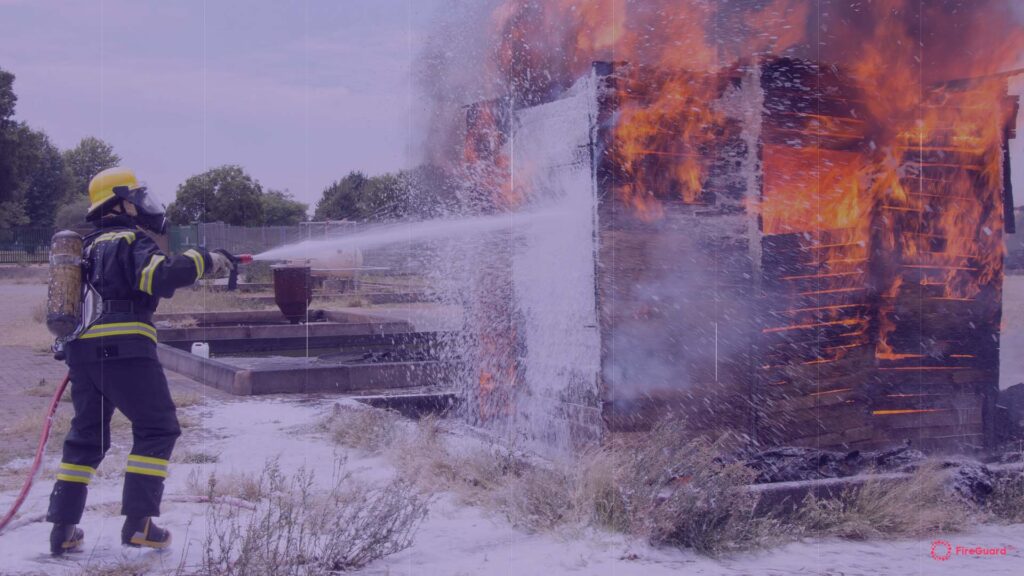
Once inside the virtual environment, users can walk around to identify fire hazards. You’ll learn to spot cluttered storage rooms, frayed electrical wires, oily rags, and other red-flag risks prevalent in apartment complexes.
The simulation also teaches you how to categorize fires into classes A, B, or C since each type requires a special suppression method. Class A fires involve ordinary combustibles like paper and cloth. The Class B denotes flammable liquids – grease, oil, gasoline, paints. Class C signifies energized electrical equipment blazes. Identifying the fire type is crucial intel for emergency response.
A fire has started – it’s go time! That’s when staff must spring into action to alert residents and authorities. The user will practice locating the nearest manual pull station fire alarm. Finding it quickly helps cement its exact location into your memory.
With the hand controllers, you’ll grab the pull station handle and tug it down just like the real thing. This triggers the in-simulation warnings and prepares first responders for dispatch.
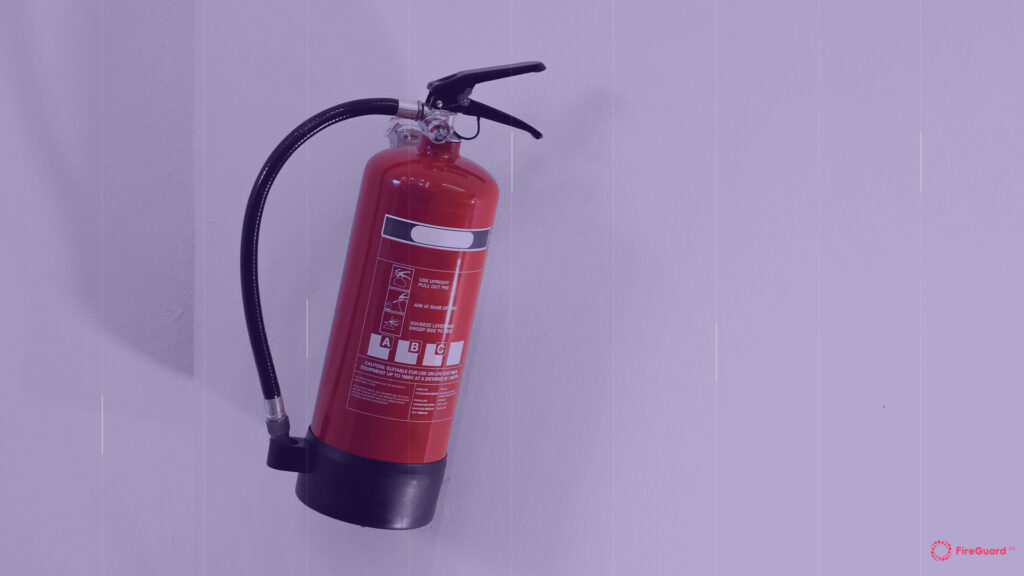
Similar to various fire types, there are different classes of fire extinguishers designated by letters and pictograms. Users learn to identify the correct extinguisher for each emergency situation. You’ll walk around the VR property searching for the best suppression tool when flames ignite.
With the hand controllers, you’ll pick up the chosen extinguisher. Next, pull the safety pin and approach the fire from a safe distance. Plant your feet shoulder-width apart and prepare to sweep the nozzle left to right at the base of the flames.
In the simulation, you’ll see foam or water spray out as you squeeze the lever. The sound design perfectly recreates the loud rush. Feel the heat start fading as the extinguishing agent overwhelms the fire through proper technique. Very rewarding!
The team remains fully committed to advancing FireGuard VR’s realism and educational value. First up is enhancing the visual elements like fire behavior and smoke diffusion to amplify the immersive learning intensity!
We also have exciting new emergency response skill modules in development, including:
Safe Emergency Exits
During an emergency, safely guiding panicked residents to proper exits is paramount. This module focuses on optimal door positioning and crowd control for rapid evacuations.
The Perils of Smoke
Thick smoke itself can be lethal through toxic fumes or disorientation. Learners face the unique dangers of smoke inhalation and skills to increase survivability.
Door Handling Protocols
Mastering the protocol sequence for checking door temperature, opening cautiously, smoke containment, and determining when to close doors against encroaching flames.
Less Common Fire Types
While Class A/B/C fires occur more frequently, types D, E, and F contain their own challenges, such as metal powder and combustible metal fires.
We also embedded detailed performance tracking in FireGuard VR to gauge and accelerate user progress. Check out some of the measurable goals:
Very soon, real estate management will be able to access more data-rich analytical reports. These will evaluate emergency response across diverse scenarios. Metrics include fire progression tracking, extinguisher discharge efficiency, smoke inhalation amounts, and more. This unprecedented insight gives a clear view of live training effectiveness.
When it comes to preparing staff and residents for emergencies, most real estate companies still rely on dated training formats. Perhaps classroom lectures or live fire drills. If it isn’t broken, why fix it, right? Unfortunately, “broken” quite accurately describes traditional fire safety education in many cases.
In-person training is messy, risky, pricey, and very limited in scope. But virtual reality safety programs like our FireGuard VR system are the polar opposite. It is safe, affordable, frequent, and hyperrealistic for optimal skill development.
Whether you manage large residential communities or smaller mixed-use buildings, protecting lives is a priority. As a manager, you need flexible solutions to turn all personnel into competent first responders. Many landlords even extend training to residents for extra precaution.
Let’s look at the benefits of FireGuard VR safety training over old-fashioned methods.

The unique advantage of virtual reality is the unparalleled realism of emergency scenarios like fires. Your team can experience these immersive training situations firsthand from the comfort of your leasing office.
Studies confirm that skills learned in VR translate to actual work environments and emergencies. Let your staff practice fire safety protocols until their responses become second nature.
Compare that to dull lectures or oversimplified outdoor drills using extinguishers without danger. It’s just not the same without the sights, sounds, and urgency of life-threatening danger.
Fun fact – research indicates VR-trained workers suffer 43% fewer workplace accidents.
As the old saying goes, repetition breeds mastery. Virtual reality platforms like FireGuard VR enable unlimited rehearsal of fire safety skills. And it does so in a wide variety of commercial and residential locations.
Live drills require careful planning, reserving open spaces, and paying trainer costs each time. Fire safety VR training is always available on demand!
Frequent fire emergency practice preserves the knowledge for much longer, as well. Studies show that VR trainees remember 80% of what they learned one year after training. The more frequent the rehearsals, the more that figure goes up.
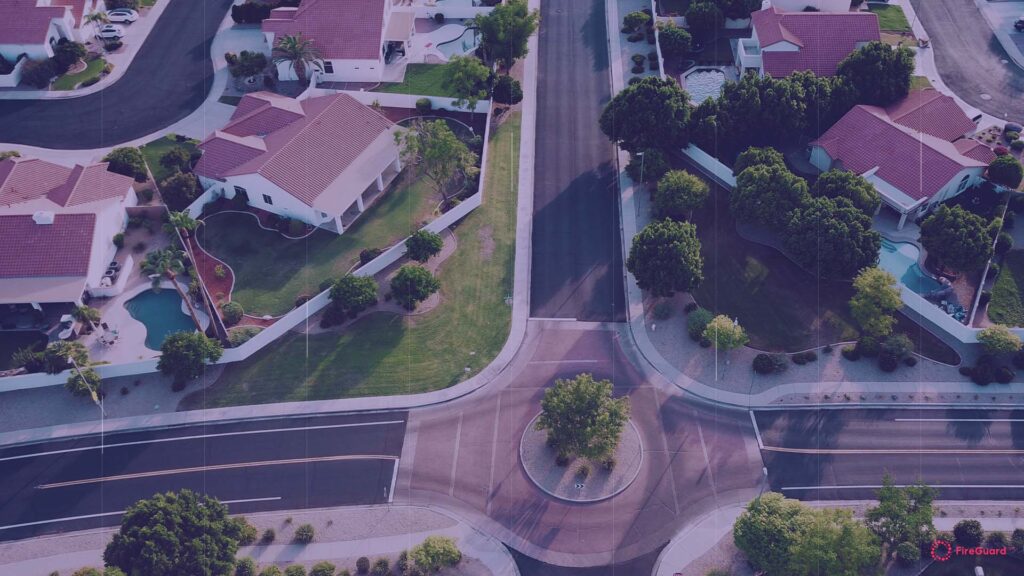
Next, live fire drills pose inherent health dangers from smoke inhalation or unpredictable flames. There are also liability risks should any training accident occur on company grounds. FireGuard VR sidesteps these hazards completely. Yet, it captures all the engaging realism through cinematic sights, sounds, and interactions.
Staff can learn proper fire extinguisher usage and evacuation techniques without facing real flames or smoke.
Should a disaster ever strike one of your properties, demonstrating reasonable efforts to educate personnel and tenants on fire safety is the best defense against negligence lawsuits.
By adopting a virtual reality safety training solution like FireGuard VR instead of outdated methods, you establish a culture of safety that keeps insurance premiums in check.
Tenants also appreciate forward-thinking precautionary efforts like VR systems to add protection for both lives and property. That earns major reputation points!
Traditional methods become very pricey very fast. You have to think about:
Conversely, a single FireGuard VR system can supply unlimited on-site training for just pennies per user. Scalability is also simple – simply add VR headsets as your portfolio grows. It is much more feasible than expanding live drills.

Virtual reality technology has a negligible environmental impact. After all, it only exists in the digital realm without consuming physical resources.
On the contrary, traditional extinguisher training wastes tons of polluting suppressant chemicals and water. The runoff can also be toxic for local grounds and waterways.
By going green with VR solutions, your company keeps its sustainability values intact.
Ready to elevate your organization’s fire safety operations? Here are the key steps for seamlessly onboarding FireGuard VR.
Begin by conducting thorough risk assessments of your spaces. Pinpoint vulnerable areas, flammable materials, potential ignition sources, and other site-specific dangers. Next, evaluate organizational needs and responsibilities based on staff duties within the facility. Consider which teams face elevated risk depending on where they work.
These insights allow us to tailor emergency curriculum and workspace recreations to address potential scenarios personnel may encounter.
Our turnkey program provides all necessary virtual reality hardware and software out of the box. Equipment is strategically configured for shareability across employee teams. Intuitive menu systems allow for a quick launcher of training modules during shift changes or downtime.
We also offer multi-unit packages along with optional charging stations and sanitation tools to accommodate larger personnel groups. For added realism, clients can request custom 3D modeling of their actual sites.
Before tackling emergency scenarios, personnel should first complete the orientation tutorial to adjust to virtual environments. For some, motion sickness can be an initial side effect – hence our gradual onboarding. But discomfort quickly abates as users acclimate.
Soon, trainees feel right at home in the virtual space and can shift their full attention to honing crisis response capabilities.
With the basics covered, employees can commence emergency scenario training modules. We recommend staggered progression starting from the lowest difficulty tier. Repeat sessions increase mastery and reinforce learning.
Set a consistent schedule for drills – perhaps monthly or quarterly, depending on program needs. Consistent practice cements reflexive reactions when real disasters strike.
Lastly, our comprehensive performance analytics dashboards help administrators monitor personnel progress in areas like:
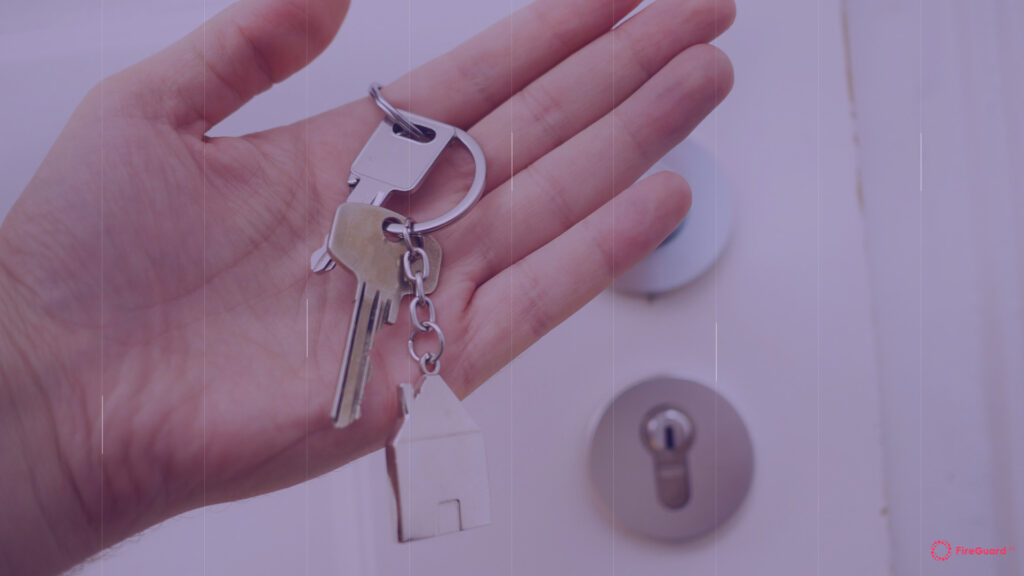
Rather than settle for risky fire safety education, embrace the cutting-edge efficiency of virtual reality training. Revolutionize your team’s emergency readiness without breaking budgets or harming the environment along the way!
Experience FireGuard VR’s breathtaking realism and skill-building power firsthand. Let’s schedule a personalized demo at your convenience! Time to give your properties the life-saving protection they deserve.

Chaac Technologies Demonstrates Breakthrough AI Mine Detection Capabilities at Gagetown Military Base Montréal, QC – [Date] – Chaac Technologies is proud to announce the successful

When you’re out shopping, the last thing on your mind is escaping a raging fire. But unfortunately, fires happen more often than we’d like to